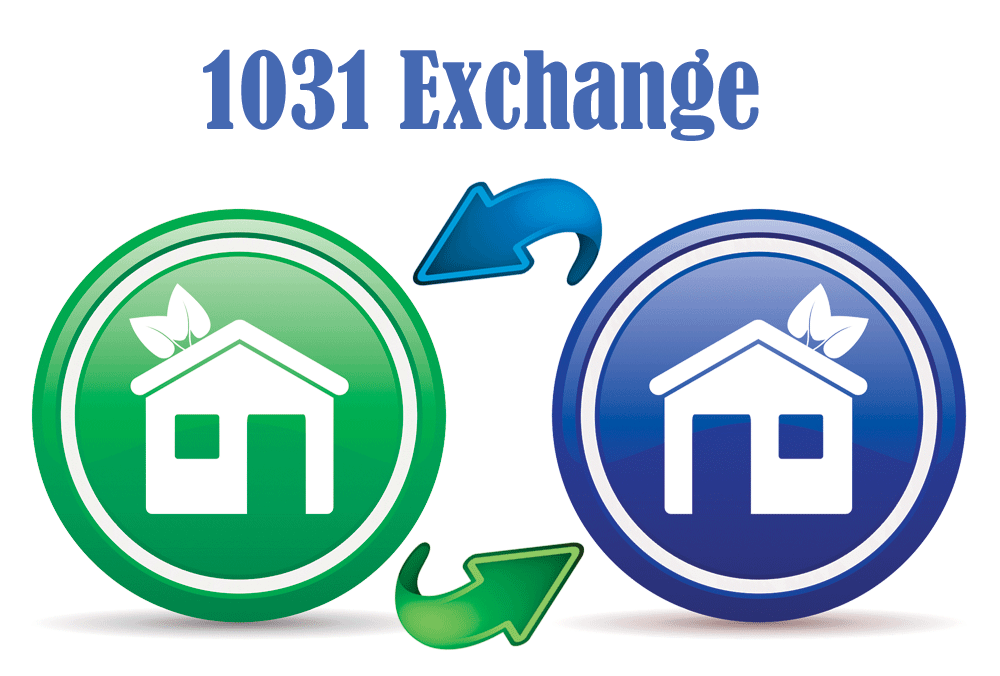1031 Exchange

Eight 1031 Exchange Rules You Can’t Ignore
These tax deferred exchanges are great ways to postpone capital gains taxes on you or your clients’ real estate investments. But be sure you follow the rules.
- Exchanges can be used only for investment properties or properties owned for use in a business. They can’t be used for residences or for second homes unless the property is used only for rental to third parties.
- Exchanges must be made between like-kind properties. The like-kind properties must both be used for investment or business purposes, but that doesn’t mean they have to have the same exact use. An apartment can be exchanged for a strip center, for example.
- To meet the Internal Revenue Service guidelines for an exchange, you must identify the replacement property for the one you exchange within 45 days of the initial property transfer date. You may identify up to three properties of like value or as many properties as necessary to total the fair market value of the property you are exchanging. Properties may also be exchanged for tenant-in-common interest shares in larger, institutional-grade property. Say your client owns a $1 million retail property. The client can exchange it for a 10 percent ownership interest in a $10 million property. There are a host of benefits to these fractional interest exchanges. Your investor clients may be able to buy into properties of a size and quality they couldn’t otherwise afford. There’s also the chance to trade their management responsibilities for ownership interests in a professionally managed property. The Securities and Exchange Commission has asked NAR to propose ways that real estate practitioners could be compensated in tenant-in-common transactions.
- You must close on the replacement property within 180 days from the initial transfer date of your property to the other party. Note that IRS regulations now let you buy the replacement property first in what is called a reverse exchange.
- If the property exchange isn’t simultaneous, you must use a qualified intermediary – often a bank or an attorney- to hold the money until the other part of the exchange is complete.
- If you end up with cash to even out the value of the two exchanged properties – often called a “boot”- that cash is taxable at current capital-gains rates.
- All exchanged properties must be located in the United States.
- If the property you receive in exchange is from a person related to you and you then sell the property within two years, the original exchange won’t qualify for deferred capital gains.
Note: Like-kind exchanges are often complicated. A failure to follow the rules can result in a disallowing of the exchange. Check with an attorney or other investment professional.
For links to the NAR Field Guide to 1031 Exchanges and Internal Revenue Service Web site, click Current Links atwww.REALTOR.ORG/realtormag.
For more specific questions regarding exchanges feel free to contact Jeff Peterson with Commercial Partners Exchange Company, LLC at 612-643-1031 or jeffp@CPEC1031.com.
